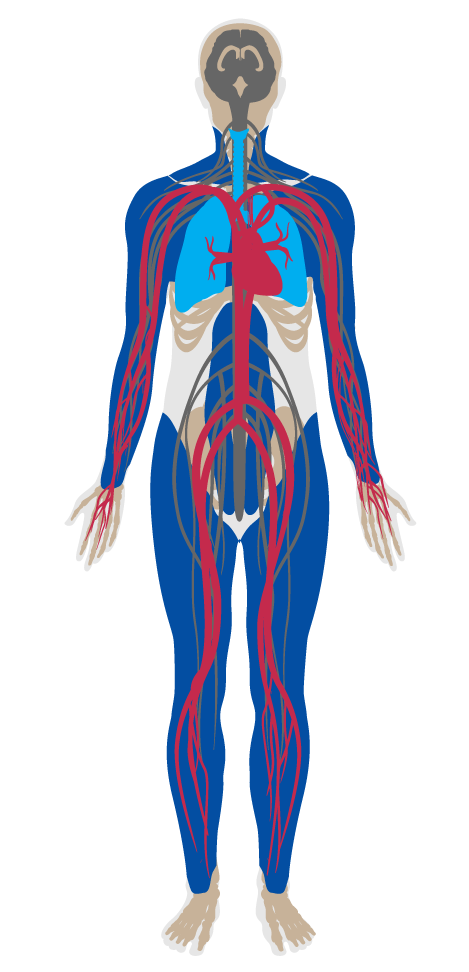Exterior active design
67. Exterior active design
When activity is part of daily routine, fitness comes naturally. Integrating elements of active design into the building and site, and creating cyclist and pedestrian-friendly environments can help incentivize activity. Thoughtful urban planning considers the importance of locating popular amenities, such as restaurants, grocery stores and schools within walking distance of each other, enabling healthy habits, such as walking or cycling as active alternatives to a more sedentary mode of travel.
This feature requires exterior design details and amenities that facilitate more active living. Incorporating these principles is particularly important for projects that are isolated from urban centers where automobile transportation predominates.
The following requirement is met at every major building entrance:
To encourage more pedestrian activity, sites in which the building takes up less than 75% of the total lot size include at least two of the following:
To encourage neighborhood connectivity and daily activity, the following requirement is met:

Applicability Matrix
| Core & Shell | Tenant Improvement | New Construction | |
|---|---|---|---|
| Part 1: Stair Accessibility | P | - | P |
| Part 2: Pedestrian Promotion | O | O | O |
| Part 3: Walk Score® | O | O | O |
| Commercial Kitchen | Schools | Multifamily Residential | Restaurant | Retail | |
|---|---|---|---|---|---|
| Part 1: Stair Accessibility | - | P | P | O | - |
| Part 2: Pedestrian Promotion | - | O | O | O | O |
| Part 3: Walk Score® | - | O | O | O | O |
Verification Methods Matrix
| Letters of Assurance | Annotated Documents | On-Site Checks | |
|---|---|---|---|
|
PART 1 (Design) Stair Accessibility |
Auditor Inspection | ||
|
PART 2 (Design) Pedestrian Promotion |
Architect | Spot Check | |
|
PART 3 (Design) Walk Score® |
Architect |
| 67.3.b |
USGBC's LEED v4 LT credit: Surrounding Density and Diverse Uses is intended to "promote walkability, and transportation efficiency and reduce vehicle distance traveled" and "improve public health by encouraging daily physical activity". |
| 67.3.a |
Walk Score’s City and Neighborhood Ranking identifies that a Walk Score® of 70 or greater is one that allows most errands to be accomplished on foot. |
| 67.1.a |
NYC Active Design Guidelines identifies the design of pedestrian-friendly streets with a number of features, including benches, as a key recommended measure to encourage active environments. |
| 67.1.b |
NYC Active Design Guidelines recommends strategies for creating pedestrian and bicycle-friendly public spaces, including the provision of both movable and fixed seating. |
| 67.1.c |
NYC Active Design Guidelines recommends strategies for increasing walking, including the provision of supportive infrastructure along walking routes, such as drinking fountains and water refilling stations. |
| 67.2.a |
NYC Active Design Guidelines recommends strategies for creating pedestrian and bicycle-friendly public spaces, including the provision of water fountains. |
| 67.2.b |
NYC Active Design Guidelines: Promoting Physical Activity and Health in Design recommends strategies for creating attractive plaza spaces. |
| 67.2.d |
NYC Active Design Guidelines: Promoting Physical Activity and Health in Design recommends incorporating temporary and permanent public art installations into the streetscape to provide a more attractive and engaging environment. |
